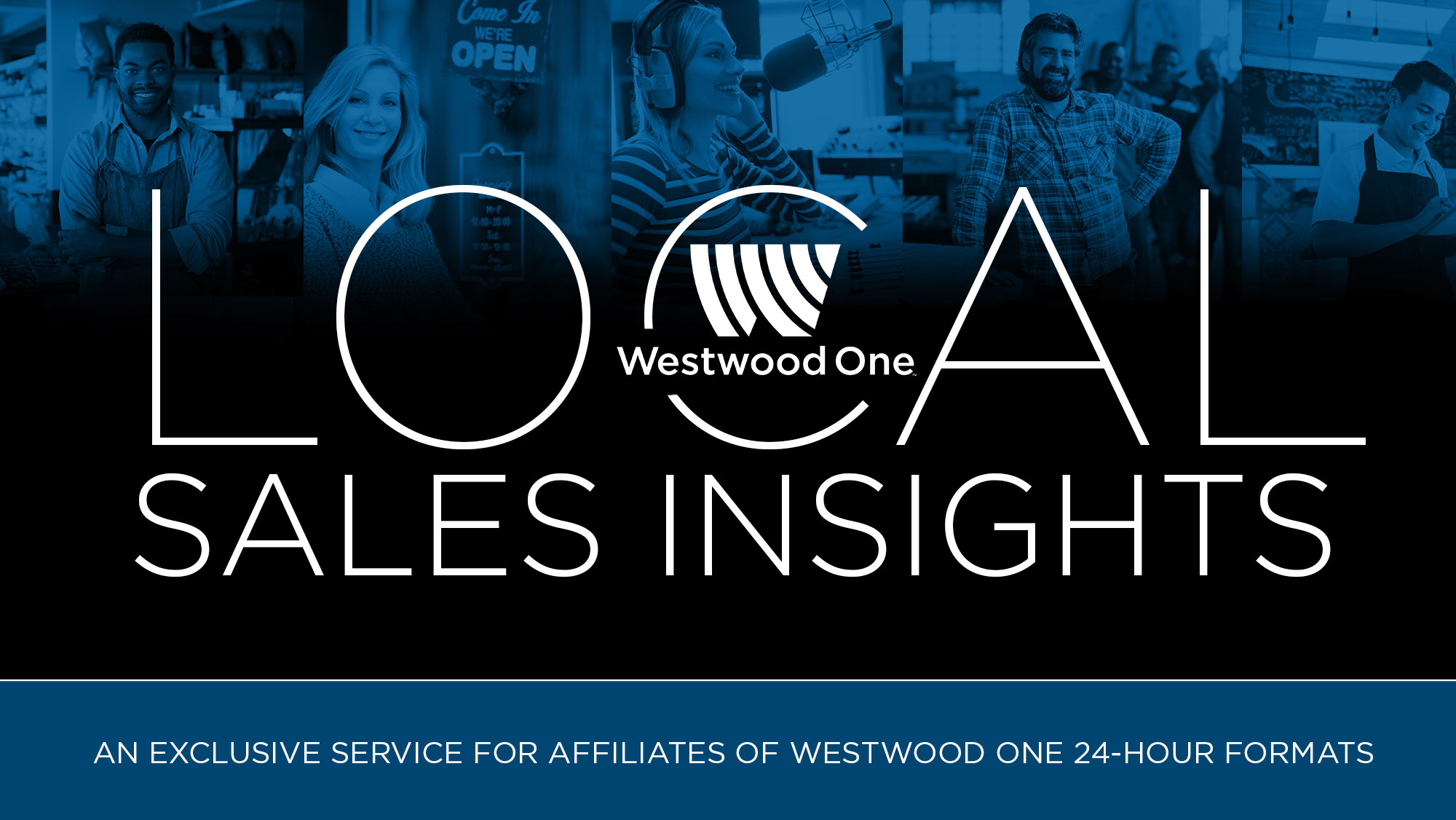Perception Vs. Reality: Drive Time Isn’t The Only Time For AM/FM Radio
There is a common misperception among advertisers about when AM/FM radio listening actually happens. Many believe that most AM/FM radio listening occurs weekdays between 6AM and 10AM and 3PM and 7PM, a.k.a. “drive times.” Some advertisers only buy drive times thinking they are getting most of AM/FM radio’s audience.
The drive times perception could be based on AM/FM radio’s strength in vehicles. After all, AM/FM radio dominates in-car listening. According to the latest Edison Research’s “Share of Ear” study from Q4 2020, AM/FM radio has an 88% share of ad-supported audio in the car.
It would stand to reason that when the highest percentage of Americans are commuting to and from the workplace, AM/FM radio would see the highest listening audiences. But is that actually the case?
In December 2020, Advertiser Perceptions, the gold standard of advertiser and agency sentiment, surveyed 300 marketers and agency professionals to see when they think AM/FM radio listening happens.
Perception: Advertisers estimate more than half of all AM/FM radio listening happens during “drive times”
When thinking about traditional AM/FM radio, advertisers and agencies believe 30% of listening occurs during weekday morning drive, 6AM-10AM, followed by Monday-Friday afternoon drive, 3PM-7PM, at 25%. Middays, 10AM-3PM, were third at 14%, narrowly inching out nighttime and weekends.
Nielsen reality: 61% of U.S. AM/FM radio listening occurs outside of drive times; Middays are number one and weekend listening is far greater than suspected
While the perception is over half of AM/FM radio time spent occurs during morning and afternoon drive (Monday-Friday, 6AM-10AM and Monday-Friday, 3PM-7PM), Nielsen reports only 39% of AM/FM radio listening occurs during drive times. This is based on the Fall 2020 Portable People Meter and Diary data.
Nielsen Audio shows there is a stark difference in perceived and actual AM/FM radio listening. The highest share of time spent among adults 25-54 is middays, 10AM-3PM (26%). Morning (19%) and afternoon (20%) drive times are also strong.
Why does Monday-Friday, 10AM-3PM have more listening than either morning drive or afternoon drive? Monday-Friday, 10AM-3PM is a five-hour daypart. AM and PM drives are only four hours per day each.
There is also a major disconnect about weekend listening. Advertisers perceive only 12% of all listening occurs during the weekend. The Nielsen reality is 21% – bigger than morning drive!
Despite the pandemic, the share of AM/FM radio listening by daypart is very stable
Comparing AM/FM radio listening from 2018 to 2020 reveals remarkably little change. Middays, nights, and weekends have maintained their listening levels with no change over the two-year period. Mornings and afternoons dipped slightly while overnights increased from 4% to 5%.
The “only buy drive times” myth is dangerous and harmful to advertiser sales growth
Countless sales lift and ROI studies conclude that the number one media factor that drives sales is reach. The more people a campaign reaches, the greater the sales lift. Increasing reach ensures a campaign can impact sales.
Restricting AM/FM radio buys to drives times misses 60% of the radio audience. It reduces reach and harms advertiser sales lift.
In the example below, an advertiser put all their money into morning drive and reached 22% of the market. As dayparts are added using the same budget, reach grows and grows.
Adding PM drive, middays, nights, and weekends grows reach from 22% to 33%. Spending the same budget on a broader daypart mix causes reach to soar +54%.
AM/FM radio is the soundtrack of the American worker
AM/FM radio does not just dominate in-car listening during drive time. It is also there during the day when Americans are working. Nielsen reports that 76% of AM/FM radio listeners fall in the 18-64 age bracket and are in the workforce. Tune in occurs when they are commuting and when they are at their place of employment.
Drive time is an important time for radio advertisers but the reality is middays and weekends are just as effective for advertisers to reach consumers.
Key takeaways:
- Perception: Advertisers estimate more than half of all AM/FM radio listening happens at “drive times.” The reality is only 39% of AM/FM radio time spent occurs during drive times.
- Nielsen reality: Middays are number one at 26% of total AM/FM radio time spent. Weekend listening is greater than suspected and has as much listening (21%) as morning and afternoon drive.
- Despite the pandemic, the share of AM/FM radio listening by daypart is very stable.
- AM/FM radio dominates in-car listening and is the soundtrack of the American worker.
